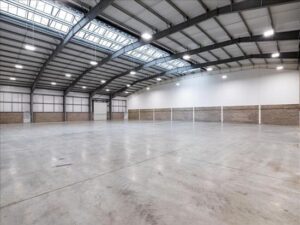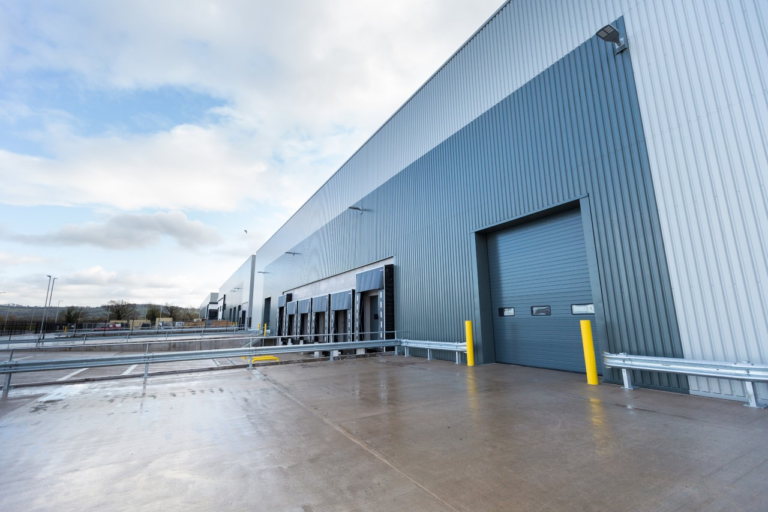The UK logistics market has recorded the highest quarterly take-up figures on record for Q2 2020, achieving total take-up of 12.78 million sq ft compared to 7.83 million sq ft in Q2 2019, according to the latest data from global real estate advisor, CBRE.
Following a robust Q1, the total take-up for the first half of 2020 stands at 19.04m sq ft. This is 44.1% higher than H1 2019 and 4.8% higher than the previous record in H1 2018.
A total of 36 deals completed during Q2 2020, a 33% increase compared to Q2 2019 which saw 27 deals close. The average unit size was larger at 355,133 sq ft, compared to 278,658 sq ft in Q2 2019.
 Over 90% of take-up in the quarter was shared equally between three UK regions. The East Midlands’ share of 31.8% was marginally above the South East at 31.5%. This showed a stronger performance from the South East following a quiet Q1. Yorkshire & the North East’s share was also healthy at 29.1%.
Over 90% of take-up in the quarter was shared equally between three UK regions. The East Midlands’ share of 31.8% was marginally above the South East at 31.5%. This showed a stronger performance from the South East following a quiet Q1. Yorkshire & the North East’s share was also healthy at 29.1%.
At a sector level, online retail continues to account for the largest proportion of take-up at 43.8%. A number of national occupiers are currently reshaping the nature of their warehouse representation and supply chain operations as a result of a shift in shopping habits brought about by the lockdown restrictions from Covid-19. Representation from the other sectors was shared evenly with third-party logistics accounting for 15.3%, general retail at 13.9%, food retail and the food industry at 13.2% and post & parcels at 9.2%.
Short term ‘Covid’ related deals for 12-month lease terms (or less) accounted for 22.2% by number of deals and 15.5% by floor space. Despite speculation that take-up would be heavily weighted towards the short-term Covid deals, this has not come to fruition.
Paul Farrow, executive director and head of UK industrial and logistics at CBRE, said: “The Logistics sector has gone from strength to strength through some testing times for the wider market and has just experienced the highest quarterly take-up figures on record. A large increase in online retail spending has been a key driver in the demand spike, and whilst warehouse availability is low and continuing to reduce heading into Q3, we expect the appetite for logistics space to continue to grow.”







